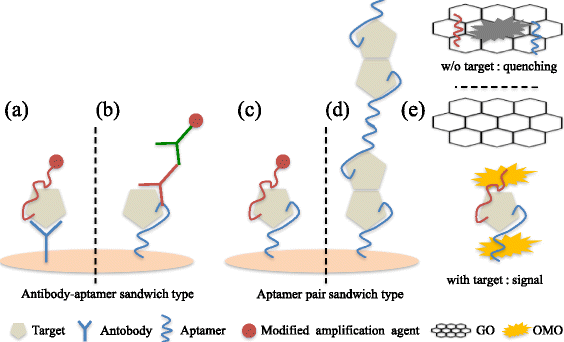
Q: Could you explain what biosensors are?
A: Biosensors are a good way to diagnose diseases or detect viruses, and toxic substances for humans and the environment. Biosensors are usually small, and convenient to handle in size. A biosensor should have three main components: bioreceptor (biomolecules), transducer (produces a signal by electrons or light), and converter (can be read, e.g. by color or other metrics). The ideal biosensor can be easily used in any application.
Q: Could you briefly describe the area of research you have been working on?
A: We are developing aptamer-based biosensors, especially screening pairs of aptamers. Aptamers are the next generation bio-receptors, composed of DNA or RNA nucleic acids, in lieu of antibodies which can bind to the target specifically. Generally speaking, biosensors using a single aptamer are unstable in terms of signal generation or reproducibility. That’s why most commercialized biosensors use a pair of receptors (aptamers or antibodies). Therefore, we are working on developing a pair of aptamers that binds to the same target at two different binding sites at the same time, allowing a sandwich form (aptamer1-target-aptamer2) to be possible. In particular, we have our own aptamer development technology that can develop a pair of aptamers (duo) successfully and we call this method “Graphene-oxide SELEX (GO-SELEX)”. By using this GO-SELEX, we have been able to develop many pairs of aptamers for a few different targets including protein biomarkers and viruses, very successfully, demonstrating strength of this methodology.
Q: What are the major strengths (and weaknesses) of aptamer-based sandwich-type biosensors compared to other platforms?
A: The advantages of aptamer-based sandwich-type biosensors are sensitivity and stability, compared to a single aptamer-based biosensors. Since the aptamer-based sandwich-type biosensors use two different aptamers, a primary aptamer, capturing the target and the secondary aptamer, binding to the target generating the signal, the signal indicating the binding to the targets can be independently amplified by using gold nanoparticles, enzymes and so on. In addition, since the signal is independently generated from the secondary aptamer, the signals are very stable and reproducible.
Q: What do you see as the potential applications of this research?
A: It is clear that these aptamer-based sandwich-type biosensors can be applied to the very general form of lateral flow assays, such as pregnancy diagnosis kits. The aptamer-based sandwich-type biosensor can also be utilized in the diagnosis of human diseases, detection of pandemic viruses, or contaminants in food and environment.
Q: What challenges or obstacles still remain in relation to this line of research?
A: It is still a challenge to develop aptamers for the targets that exist in very complex media, such as blood or excrement. In addition, it is also very challenging to find a pair of aptamers for small molecules less than 1000 Daltons.
Q: Are there any other developments in the field we should look out for?
A: Many research teams are working on developing various types of biosensors using aptamers. In particular, the lateral flow strip assay (LFSA) and electrochemical sensors are attractive and platforms that can be easily used with convenience and portability.
Q: What was your reaction to winning the 2018 “article of the year” award at the Institute of Biological Engineering meeting?
A: We are very happy to have received that title and it is really an honor for us! I hope that the title will bring more readers to pay attention to this paper and also to the Journal of Biological Engineering as well.
Read more about biosensors and technologies in this collection published in Journal of Biological Engineering.
Prof. Man Bock Gu
Latest posts by Prof. Man Bock Gu (see all)
- Next-generation biosensing - 1st October 2018
Comments